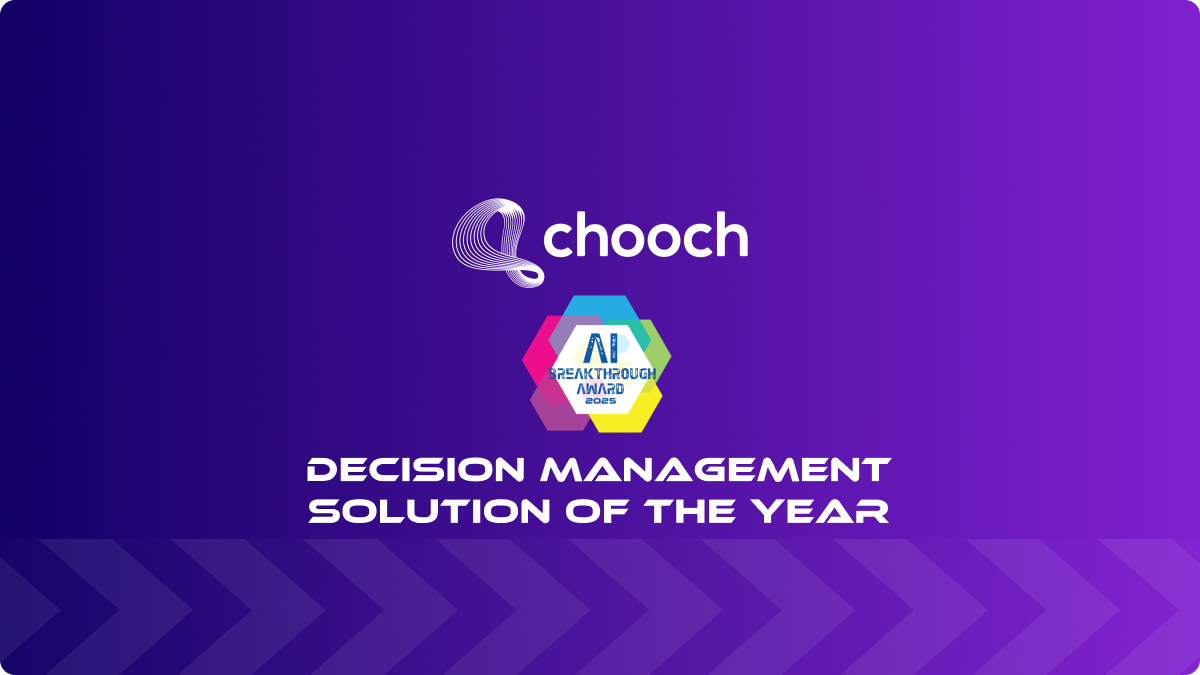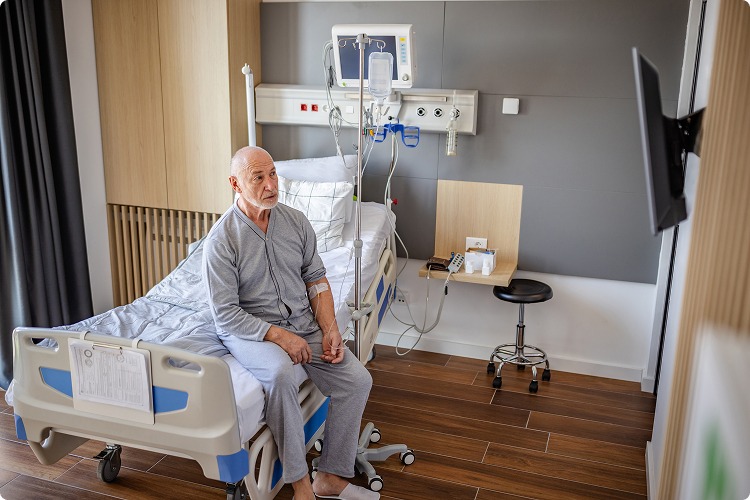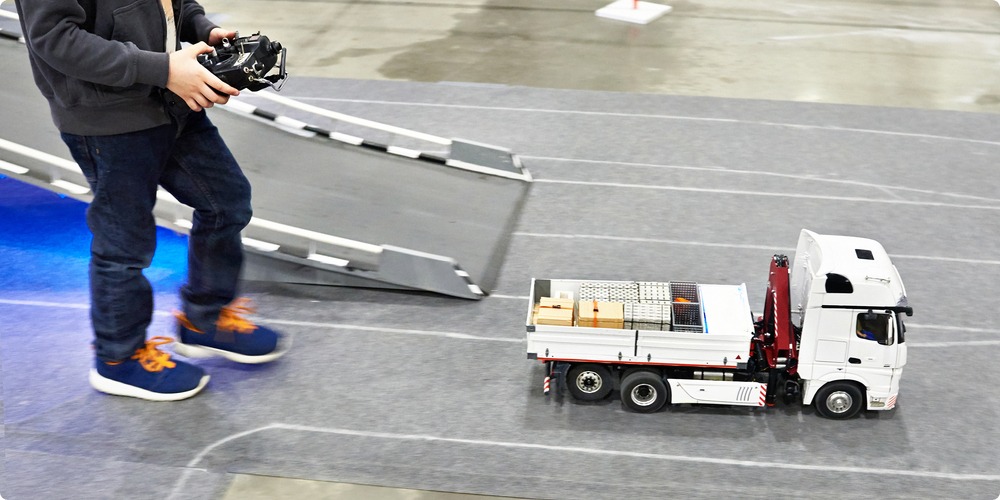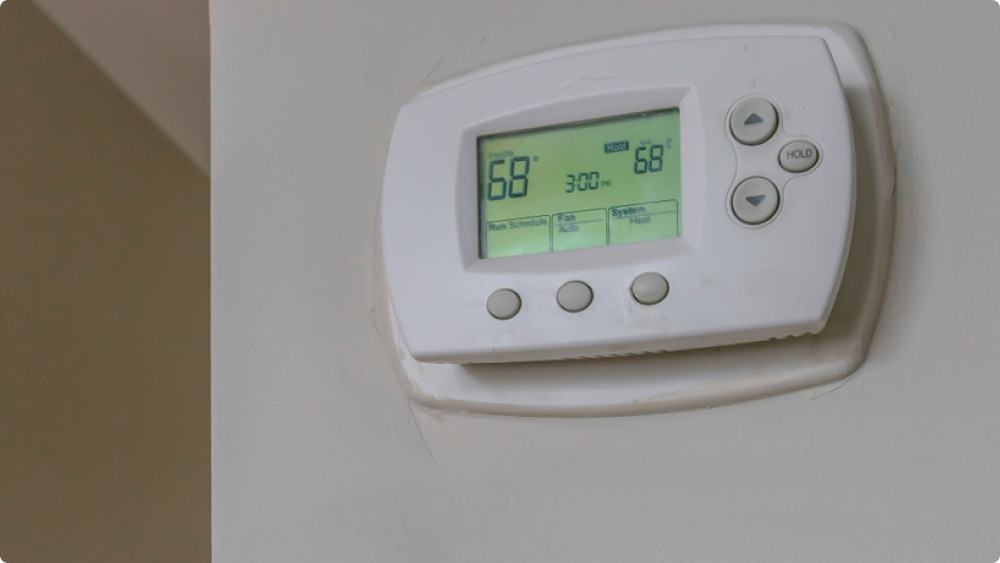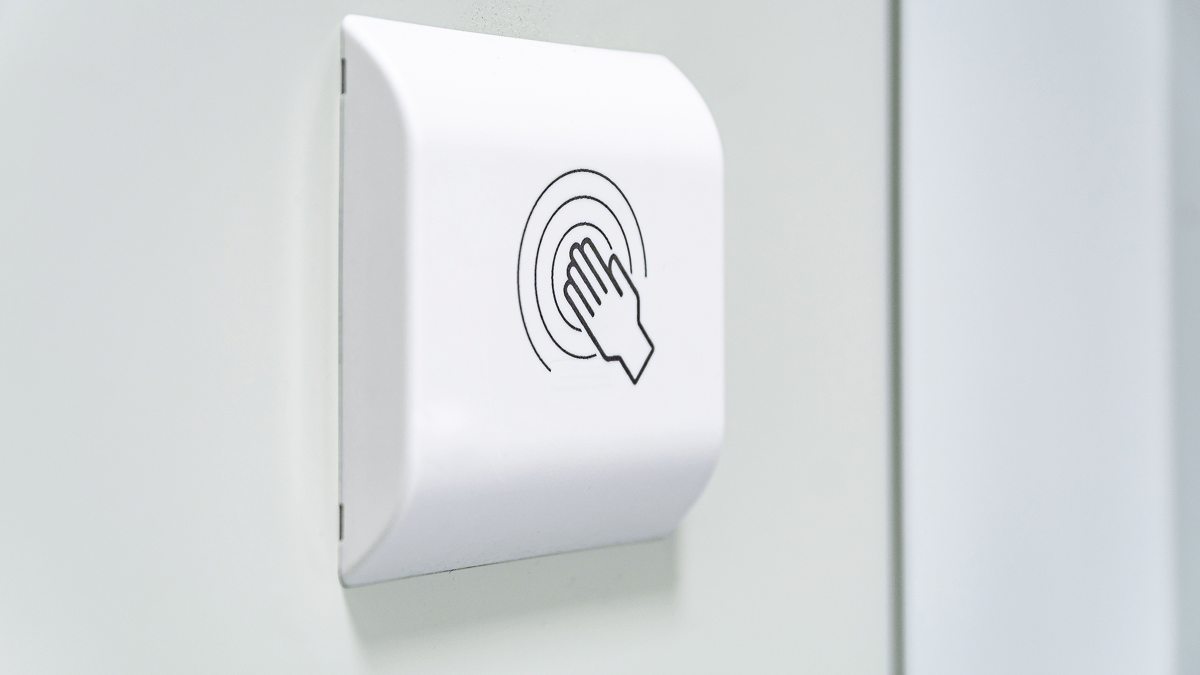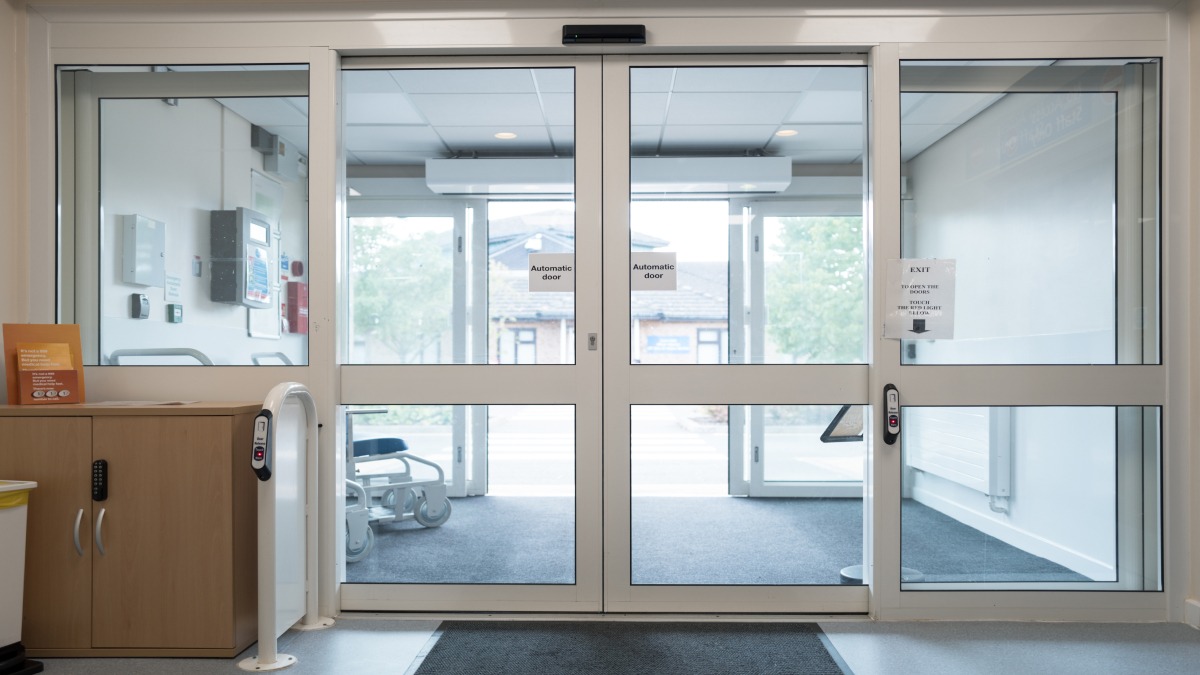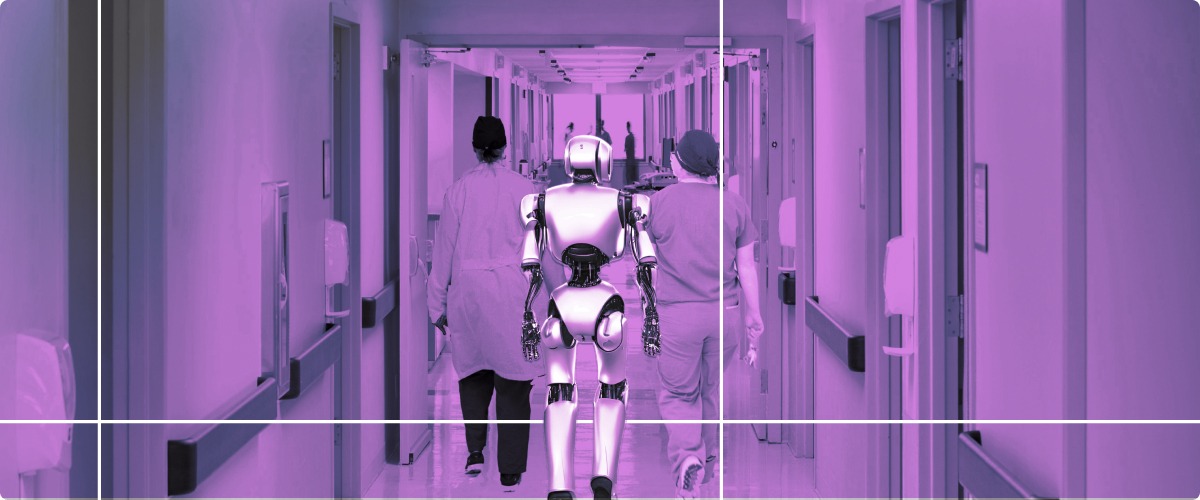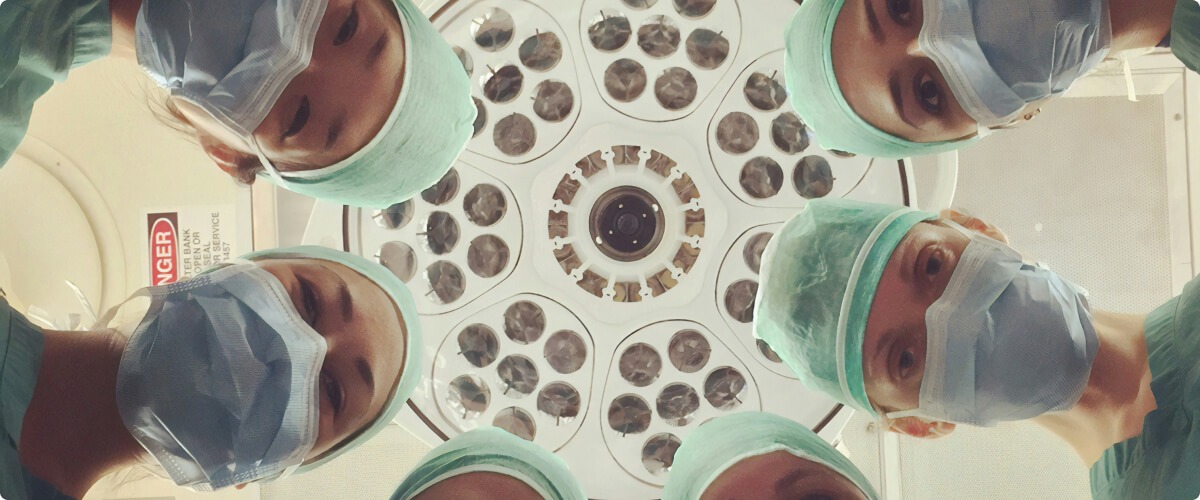In the fast-paced healthcare environment, efficient supply chain management is critical for both cost control and quality patient care. Many hospitals still struggle with outdated inventory tracking methods, leading to stockouts, expired supplies, and unnecessary administrative burdens on clinical staff.
Zero-Touch Inventory Management offers a groundbreaking solution—an AI-powered, fully automated system that removes the need for manual stock tracking and reordering. By leveraging advanced computer vision and predictive analytics, these systems autonomously monitor supply levels, track usage patterns, and trigger replenishment orders without human intervention.
How Zero-Touch Inventory Management Works?
Traditional hospital inventory management often requires clinical staff to manually count supplies, scan barcodes, or manage RFID tracking. This process is time-consuming, error-prone, and diverts attention from patient care. Zero-touch inventory systems revolutionize this process through:
1. AI-Powered Computer Vision
Smart cameras continuously monitor supply rooms and storage areas, using AI algorithms to recognize different medical products, track usage, and assess stock levels in real time—eliminating the need for manual barcode scanning or RFID tagging.
2. Predictive Analytics and Automated Reordering
AI-driven insights forecast supply needs based on usage trends and historical data. The system automatically triggers replenishment orders to ensure essential medical supplies are always available. Additionally, it can identify and flag unusual consumption patterns to prevent waste or fraud.
3. Seamless Integration with Hospital Systems
Zero-touch inventory systems integrate with EHR and procurement systems, allowing automatic order placement and reducing reliance on manual purchase requests. This ensures supply availability while minimizing excess stock and associated costs.
📌 Related, Why Hospitals are Turning to AI for Smarter Inventory Management.
Benefits of Zero-Touch Inventory Management
Hospitals and healthcare facilities using zero-touch inventory management report measurable results:
- Increased inventory accuracy
Traditional inventory methods achieve 70-85% accuracy, whereas zero-touch systems deliver over 99% accuracy by eliminating manual tracking errors. - Reduced clinical administrative burden
Nursing staff spend a significant amount of time managing inventory. A 350-bed hospital recovered over 5,000 nursing hours annually—equivalent to adding 2.5 full-time nurses without hiring additional staff. - Cost savings and waste reduction
By preventing overstocking and supply expiration, hospitals experience up to a 30% reduction in inventory carrying costs. AI-driven reordering minimizes emergency supply orders, which are often costly. - Enhanced clinical workflows
Zero-touch inventory management systems eliminate supply-related procedure delays, allowing clinical staff to focus entirely on patient care. Improved trust in supply chain reliability leads to smoother hospital operations.
📌 Dispel the myths! Learn the 5 Myths about AI-Powered Inventory Management (and the truth behind them).
Success Stories from Real Hospitals
Case Study: A 400-Bed Regional Medical Center
After implementing zero-touch inventory management in their surgical departments, the hospital achieved:
- 22% reduction in inventory carrying costs.
- 98% inventory accuracy, up from 82%.
- 40 nursing hours recovered
- Complete elimination of emergency supply orders for standard items.
Case Study: A 12-Hospital Healthcare System
- Standardized inventory tracking across all locations.
- 30% reduction in on-hand inventory without affecting supply availability.
- 87% decrease in procedure delays due to missing supplies.
- Projected inventory savings of $50M over five years
What’s Next for Zero-Touch Inventory Management
AI-powered inventory management is just the beginning. Future advancements will include:
- Predictive supply chain optimization – AI will anticipate demand based on scheduled procedures, seasonal trends, and supply chain disruptions.
- Clinical and supply integration – Inventory tracking will be linked with patient outcomes, optimizing supply use for cost-effective care.
- Automated supplier coordination – Direct communication between hospitals and suppliers for real-time demand forecasting and minimal disruptions.
📌 Build more resilient and proactive supply chains with predictive analytics for healthcare inventory management.
How to Implement Zero-Touch Inventory Management in your Facility
Hospitals considering zero-touch inventory systems should take a strategic approach:
- Identify pain points – Where are the biggest inefficiencies or supply issues?
- Start small – Pilot in a high-volume, high-impact department (e.g., OR, ICU).
- Assess infrastructure readiness – Ensure compatibility with AI-driven inventory platforms.
- Measure, then scale – Track time saved, accuracy improved, and costs reduced before full rollout.
Zero-touch inventory management represents a game-changing innovation in healthcare supply chain automation. By eliminating manual inventory processes, these systems free up clinical staff while improving accuracy, reducing costs, and enhancing operational resilience.
For hospitals navigating financial and operational challenges, zero-touch reordering isn’t just a luxury—it’s a necessity. The question isn’t whether your facility can benefit from automated inventory tracking—it’s how quickly you can implement it.
Ready to Modernize your Hospital’s Supply Chain?
Zero-touch inventory isn’t just a tech upgrade—it’s a strategic move. The question isn’t if your hospital can benefit—it’s how soon you can start.
Contact our team to schedule a consultation and explore AI-powered inventory solutions for your hospital or health system.



